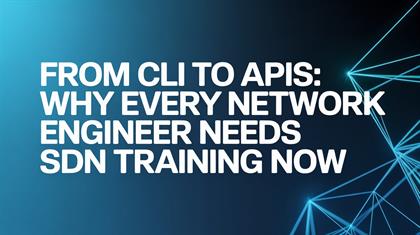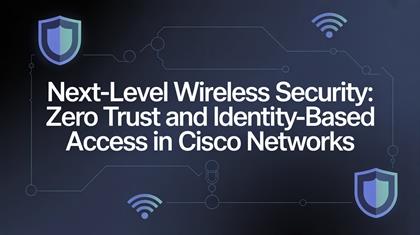
In a fast-paced digital world, organizations depend more than ever on cloud-based applications, remote teams, and secure data exchange. With this shift, the need for a reliable and protected network infrastructure has become essential. Many IT professionals today turn to SDWAN Training to understand the evolving world of networking technologies like SD-WAN and SASE, which are transforming how businesses connect and protect their digital environments.
These technologies represent the next stage of enterprise networking—combining speed, flexibility, and security to support modern business needs.
What is SD-WAN?
SD-WAN (Software-Defined Wide Area Network) is a networking technology that simplifies the way organizations manage connections between branch offices, remote workers, and cloud applications. Traditional WANs relied heavily on expensive MPLS circuits and complex hardware setups, which often limited scalability and flexibility.
SD-WAN solves these challenges by using software to intelligently route traffic through the best available connection—be it broadband, LTE, or MPLS—based on real-time network performance. This ensures faster application access, improved reliability, and better bandwidth utilization.
Major companies such as Cisco have been pioneers in this space, offering robust SD-WAN solutions. As a result, professionals often pursue Cisco SDWAN training and Cisco SDWAN certification to gain the skills required for designing and managing these modern networks.
Introducing SASE: Security Meets Networking
While SD-WAN focuses on improving connectivity and performance, SASE (Secure Access Service Edge) takes the concept further by integrating network and security functions into a unified, cloud-delivered service.
SASE combines several key security tools, including:
- Secure Web Gateway (SWG)
- Zero Trust Network Access (ZTNA)
- Cloud Access Security Broker (CASB)
- Firewall as a Service (FWaaS)
By merging these capabilities with SD-WAN, SASE provides a single framework for both secure access and optimized performance. This approach allows users to safely connect to corporate applications from anywhere—whether from home, a branch office, or a mobile device—without compromising security.
How SASE and SD-WAN Work Together
SD-WAN and SASE are not competing technologies; instead, they complement one another perfectly. SD-WAN ensures the best possible network experience by optimizing data traffic routes, while SASE ensures that every connection is authenticated, encrypted, and protected.
Imagine a global company with multiple branch offices and hundreds of remote employees. With SD-WAN, the company can ensure smooth connectivity and fast cloud access. Adding SASE ensures that every user and device is verified and protected, regardless of where they connect from.
This unified model helps organizations achieve both agility and security—two goals that used to be difficult to balance with traditional network setups.
Key Benefits of Combining SASE and SD-WAN
- Stronger Security: SASE introduces a zero-trust approach, ensuring users only access what they are authorized to.
- Better Performance: SD-WAN directs traffic through the most efficient path, improving speed and reliability.
- Simplified Management: Both technologies allow centralized control, making network and security management easier.
- Scalability: Cloud-based solutions grow with the business, without complex hardware upgrades.
- Cost Savings: By using standard internet connections and reducing dependency on MPLS lines, companies lower operational costs.
The Shift to Cloud Networking
As businesses migrate their operations to the cloud, traditional network boundaries are disappearing. Data and users now exist outside the corporate firewall, and IT teams need better control over access and security. SD-WAN provides the flexibility needed to connect users to applications efficiently, while SASE ensures that every connection remains secure and compliant.
This shift toward cloud networking is creating a high demand for skilled professionals who can manage and secure these new network architectures. That’s why more people are enrolling in SDWAN Training programs to gain a solid understanding of these advanced technologies.
Conclusion
SASE and SD-WAN are more than just technological trends—they represent the future of secure, cloud-based networking. Together, they provide the balance of speed, flexibility, and protection that modern enterprises need to thrive in a connected world.
For professionals aiming to grow their careers in networking and cybersecurity, investing in an SDWAN course or pursuing an sdwan certification can be a smart step forward. These certifications open doors to exciting opportunities and help build expertise in next-generation networking.
By mastering the power of SASE and SD-WAN, you’ll be equipped to design, manage, and secure the cloud-driven networks of the future.
Leave a Reply
You Might Like Also

Mastering Enterprise WLAN Design for the CCNP Wireless Exam













